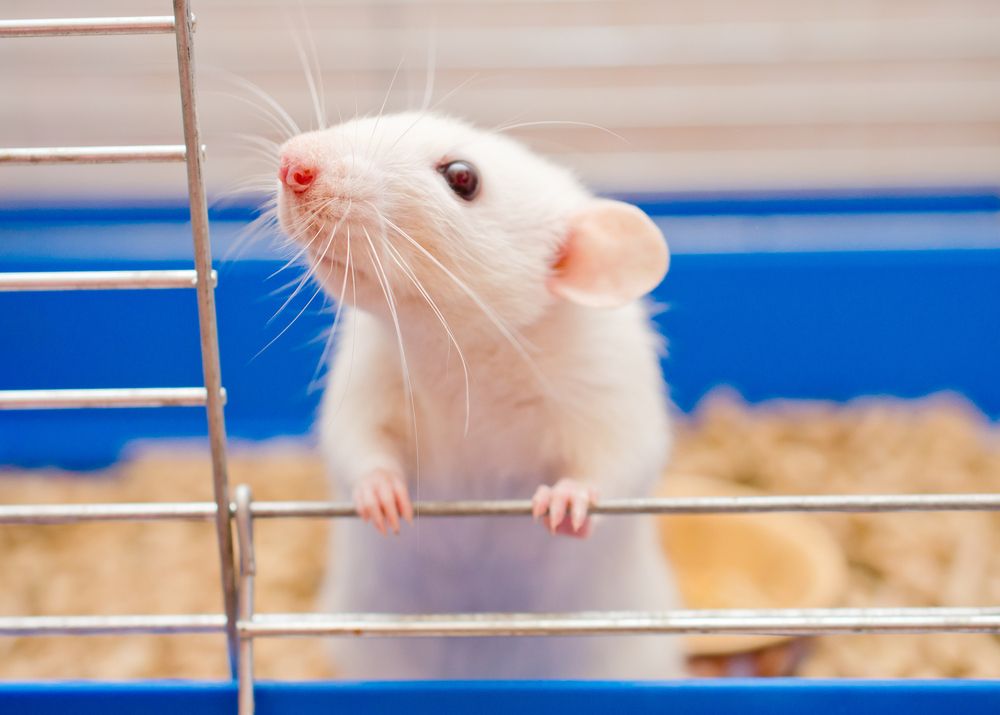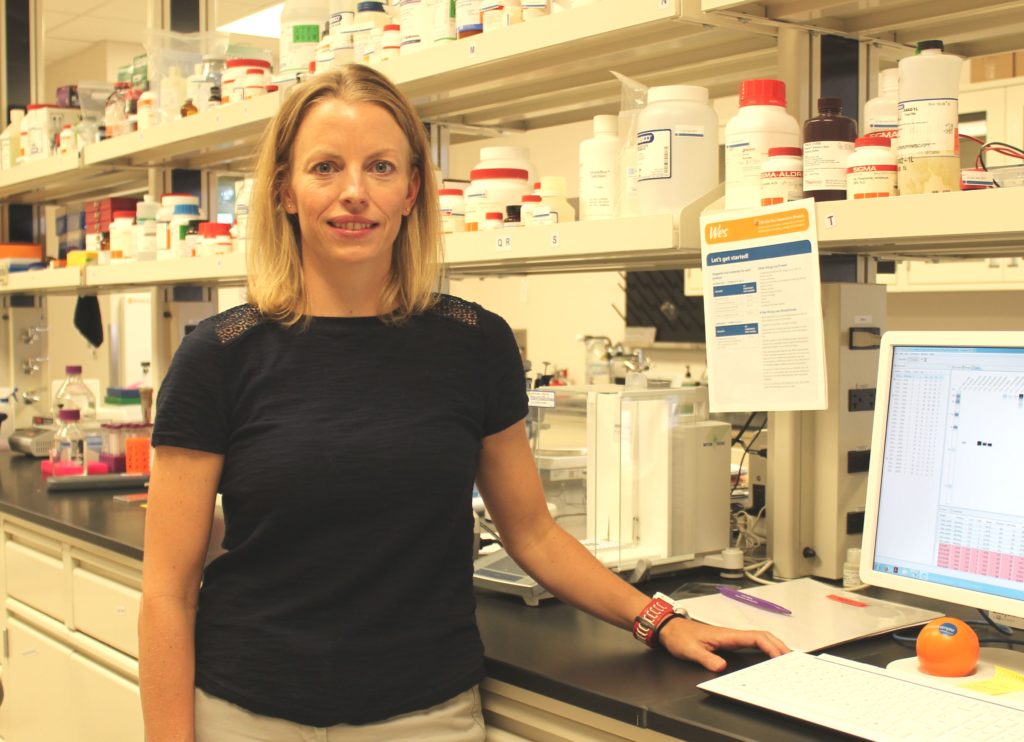
A study by researchers from Texas A&M AgriLife Research and the University of Colorado found male-only rat models used for studying obesity are limited and don’t address critical factors for understanding it.
The study can be found in Frontiers.
“Obesity negatively affects virtually every system of the body and increases the risk for cardiovascular disease, diabetes, osteoarthritis and many cancers,” said Dr. Erin Giles, AgriLife Research scientist in the nutrition and food science department at Texas A&M University, College Station.
Giles, the study’s primary investigator, said efforts to stop the growing global epidemic of obesity are not working so there is an urgent need to understand what causes obesity and develop new strategies, interventions and therapies to prevent and treat it.
She said one impediment to this goal is the common scientific practice of using only male rats in diet-induced obesity research.
Giles said those in her lab and the research community as a whole have recognized the importance of studying females, not only in clinical research but also at the preclinical level.

“In general, there has been an over-reliance on male animals in preclinical research in the past, as often it was simply easier for researchers to use male-only rats,” she noted. “As we have worked to study female specific physiological conditions such as menopause and breast cancer, we realized that there were even aspects of our basic model of diet induced obesity, including the ability to identify obesity-prone and resistant animals early in life, that were different in females.
Giles said while their research was focused in diet-induced obesity, the failure to include females has also limited the research in such areas as cardiovascular disease, cancer and diabetes.
Fortunately, she said, funding agencies, including the National Institutes of Health, a major research funder, have recognized this limitation and are now encouraging and/or requiring study designs that address sex-differences across all disciplines.
“The purpose in writing this review was to provide an overview of our rodent model of obesity, where we use a strain of rats that have underlying genetic variability,” she explained. “We studied both the animals that are resistant to and susceptible to becoming obese when fed a high-fat, energy dense diet.”
Giles said one of the greatest benefits of this specific rodent model is it reflects the diverse susceptibility to the development of obesity in response to the freely available high-fat diet, which is common in our environment.
“A primary environmental factor leading to obesity is an energy-dense diet, which is a diet with a high number of calories per bite, usually in the form of high sugar and fat content,” Giles said. “For several decades, researchers have been developing and studying models of diet-induced obesity in males, and we are only just beginning to understand how the same models differ in females. In this current study, we combined data from more than 300 female rats to find the optimal point in early life when an animal develops a predisposition to become obese.”
###
Continue reading this story by Paul Schattenberg on AgriLife Today.





